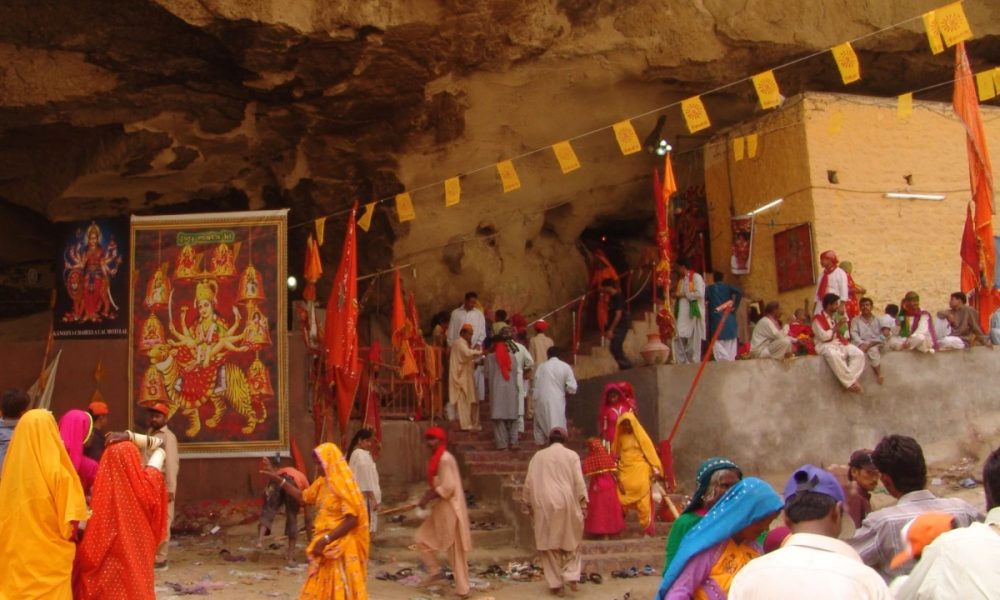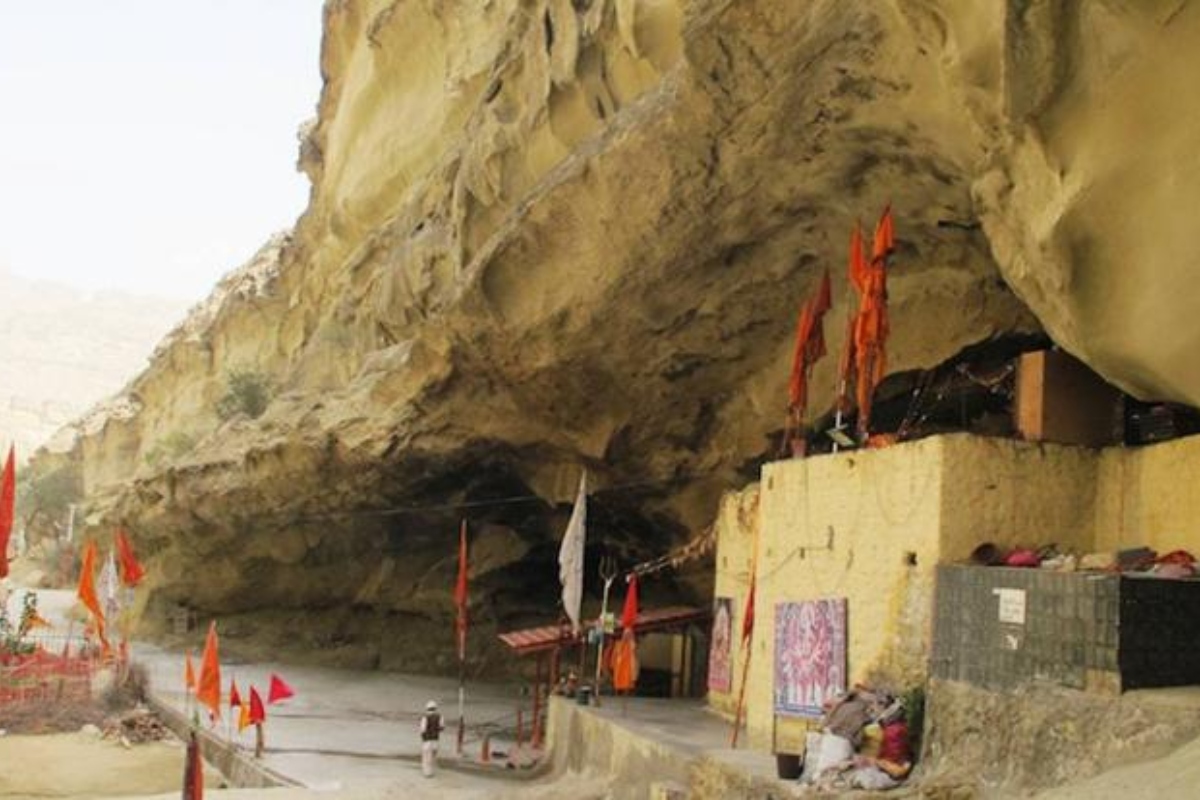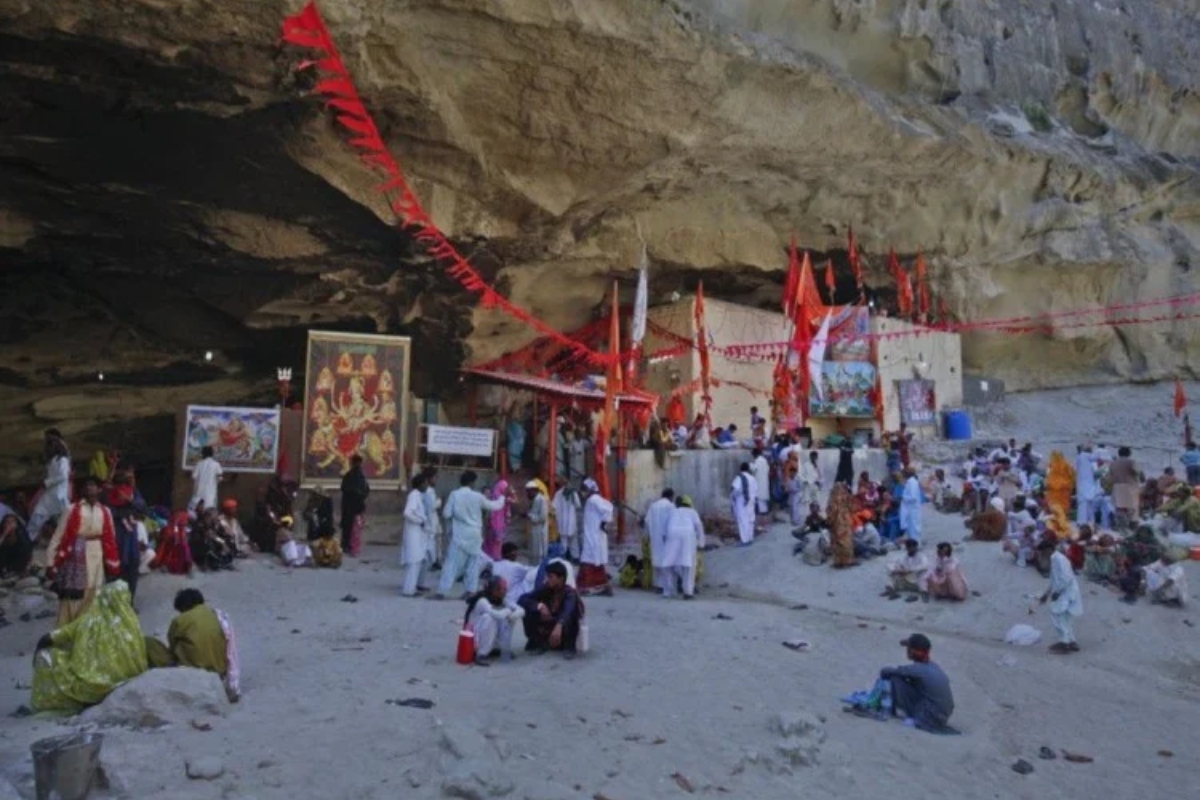
New Delhi: Recently, Prime Minister Narendra Modi visited Baba Baidyanath Temple in Jharkhand’s Deoghar district, and offered his prayers at the sacred place where lord Shiva and goddess Sati exist in form of Shivlingam and Shakti Peeth respectively.
There happens to be 51 holy Shakti Peeths in total, though it might come as a surprise to many that one of them is present in our neighbouring country Pakistan.
Knowing the deteriorating condition of minorities in the country, here are brief insights into the sacred Hinglaj Mata Temple in Pakistan, and how the Baloch community associate themselves with the diety.
Hinglaj Mata Temple
The temple is present in the Las Bela town of Balochistan, in the coastal province of Pakistan. People across religious lines visit the temple to bow down their heads in respect of goddess Hinglaj Mata.

Visiting the temple is considered more difficult than the sacred Amarnath Yatra in Kashmir. Devotees travel across 1000 feet-high mountains, a large desert, and dense forest amid the scare of wild animals.
Further, fear of bandits and terrorists on the way has emerged as a singnifact issue for past several years.
Historical Significance
It is believed that goddess Sati burnt herself in Havanakund, saddened by the humiliation of her husband Lord Shiva by her father.
In grief, Lord Shiva carried the body of Sati for days, after which Lord Vishnu used his chakra on the body, pieces of which fell in different places which were later known as Shaktipeeth.
In these pieces, the first part of diety’s body i.e. her head fell on Kirthar hill, which is known as Hinglaj today.
How Baloch associate themselves with Hinglaj

The Baloch community, being predominantly Muslim majority in the current times, beileves themselves to be descendants of Hinglaj Mata, who converted to Islam in the later years.
Majority of the Baloch population resides in Pakistan, while 20-25% of it lives in Iran.




